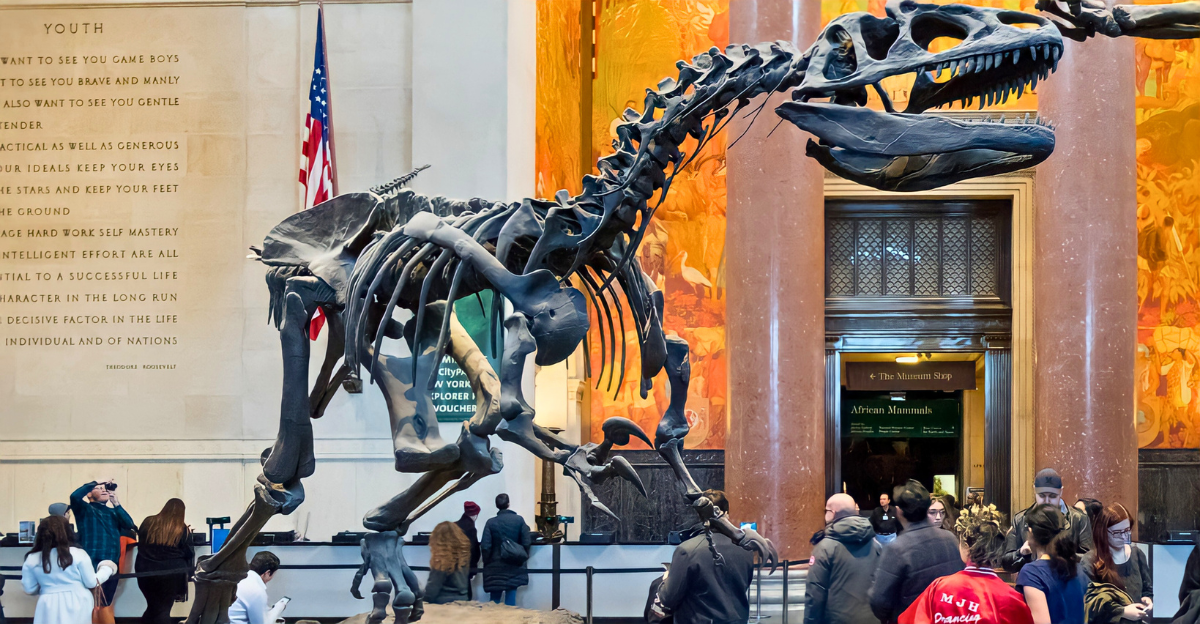
Step inside a great museum, and you’re no longer in the same world. One moment you’re on a busy street; the next, you’re face-to-face with an ancient pharaoh, standing under a whale suspended mid-dive, or brushing past a rocket that once touched the stars.
In the United States, museums aren’t just quiet halls; they are living stories. They invite you to slow down, look closer, and connect with the beauty and ingenuity of humankind. The eight in this list aren’t just popular—they’re iconic. Read on to see why they continue to spark awe in millions of visitors each year.
Types of Museums — More Than Meets the Eye
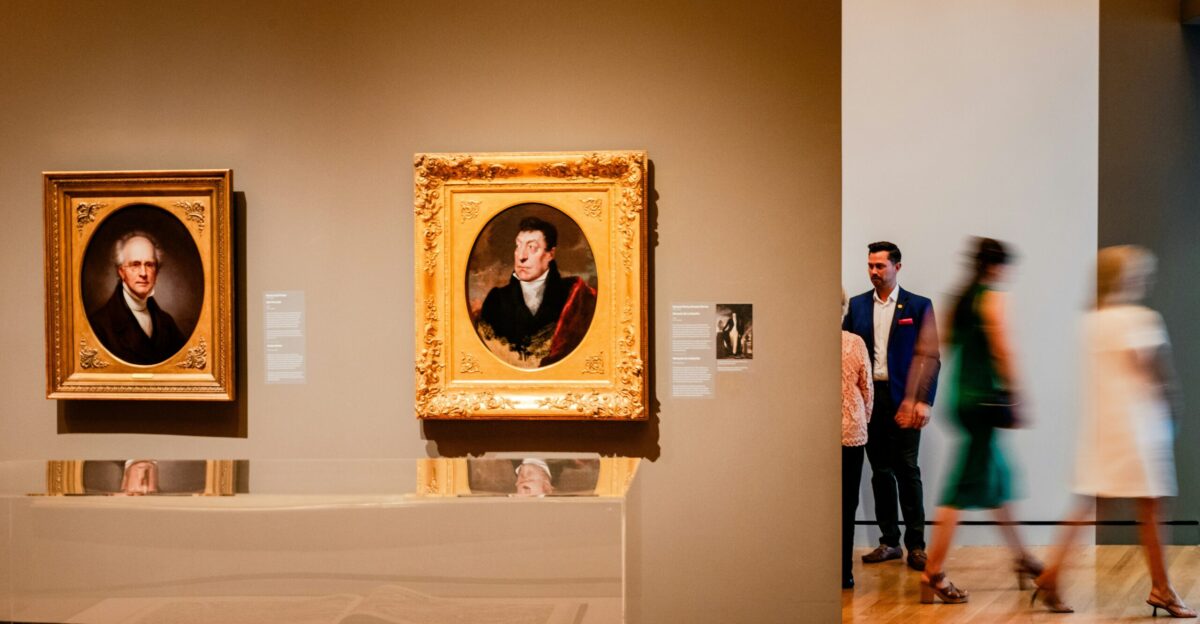
Museums in America are as varied as the landscapes they inhabit. In one, you might be surrounded by shimmering Renaissance canvases; in another, you’re craning your neck beneath a towering T. rex skeleton. Some focus on the turning points of history, while others celebrate technological leaps or the traditions of entire cultures.
There are science centers where you can launch a paper rocket, cultural museums where every object tells a personal story, and galleries where light itself feels like art. Whatever the subject, each museum is a carefully crafted world, waiting for you to step inside.
1. The Metropolitan Museum of Art — Timeless Grandeur
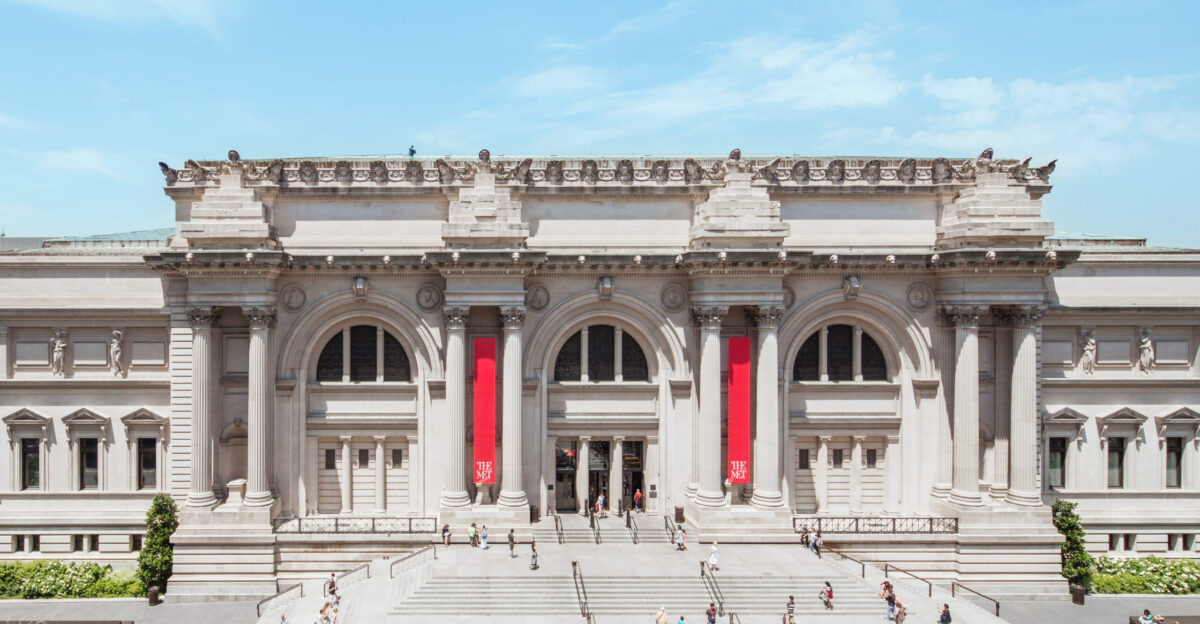
The Met is New York’s beating cultural heart, a place where five millennia of human creativity gather under soaring ceilings. You can stand inches away from a Van Gogh, stroll past glittering medieval armor, or gaze at ancient Egyptian statues frozen in quiet dignity.
Outside, its grand Fifth Avenue steps buzz with life; inside, the world slows down. Director Max Hollein calls it “a place where human creativity across millennia converges,” and it’s true, every corner hums with the feeling that beauty and history are right within reach.
Unforgettable Exhibits
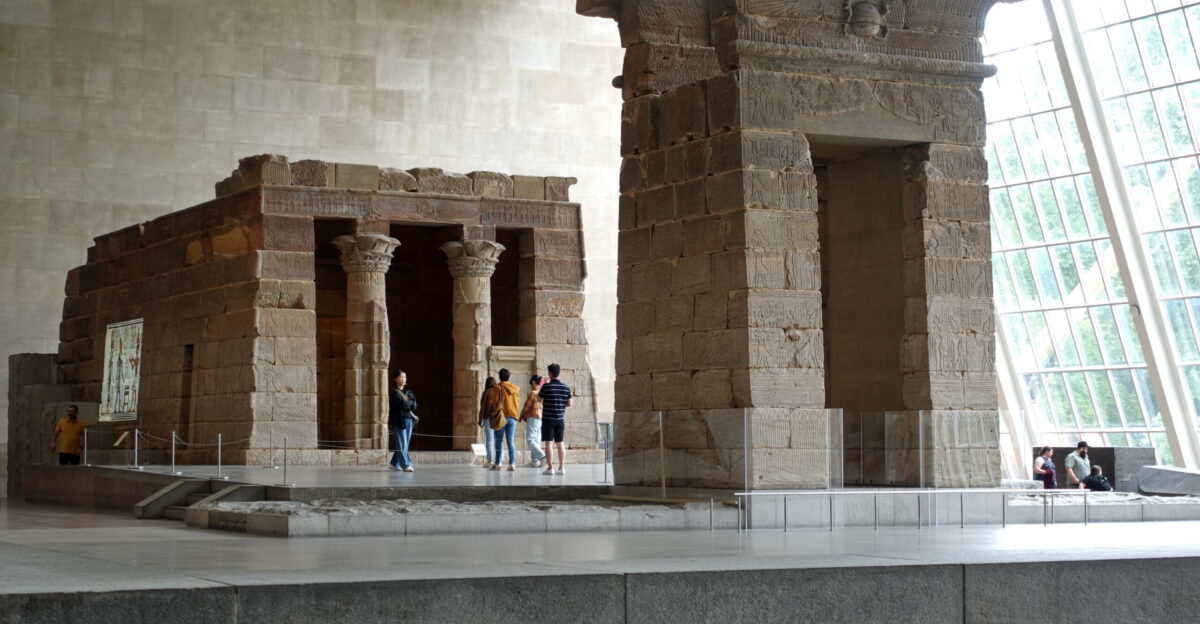
There’s no single way to “do” The Met … it’s a choose-your-own-adventure through art history. One turn brings you to Monet’s sunlit gardens, another to the Temple of Dendur, where sunlight spills across ancient stone.
You might climb a staircase and find yourself surrounded by centuries-old tapestries, or wander into a gallery that feels like stepping into another era entirely. Then there’s The Cloisters, a quiet branch nestled in Fort Tryon Park, where medieval gardens bloom above the Hudson River.
Every visit feels different, yet every one stays with you.
2. Smithsonian National Air and Space Museum — Touch the Sky

The Smithsonian National Air and Space Museum in Washington, D.C., is where dreams of flight become real. You can stand before the Wright Flyer, gaze at the Spirit of St. Louis, or peer into Apollo 11’s command module. These aren’t just objects; they are milestones in humanity’s urge to explore.
“Visitors often tell us they feel a personal connection to these achievements,” said spokesperson Patrick Moore. For anyone who has looked up at the night sky and wondered, this museum offers proof of what’s possible when curiosity takes wing.
Interactive Adventures
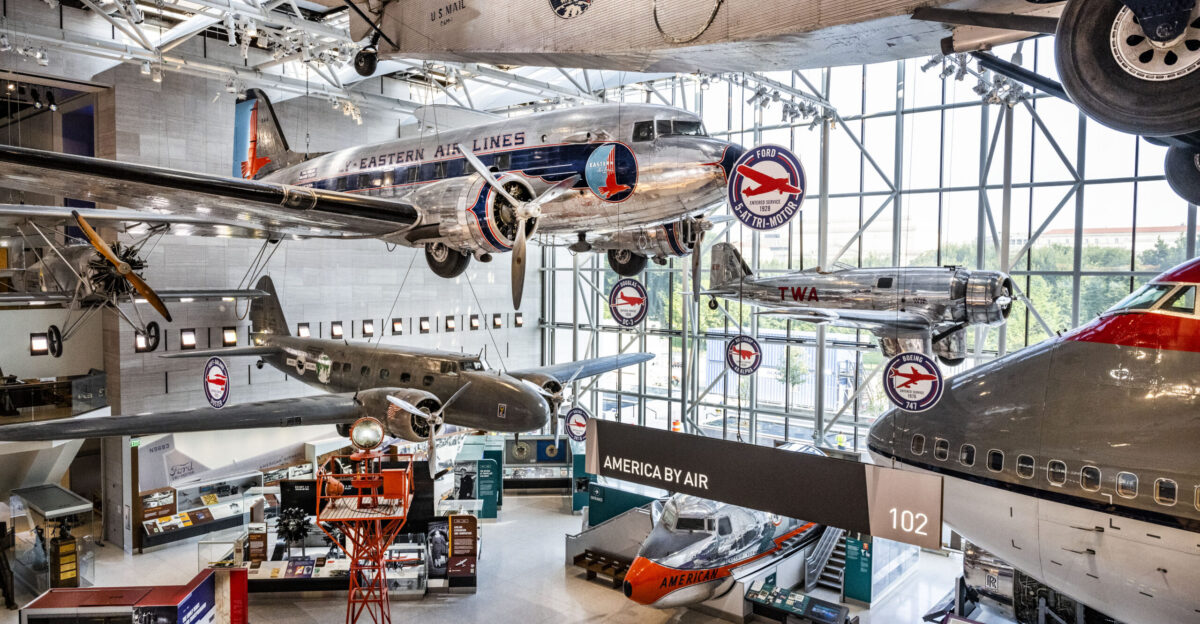
Here, you don’t just look at history, you step into it. Climb into a space capsule, test your skills in a flight simulator, or take a seat in the planetarium and watch the universe unfold overhead. Kids can launch paper rockets while adults trace the engineering behind Mars rovers.
Every exhibit invites touch, movement, and imagination. Families return year after year, finding new reasons to be amazed. It’s a rare place where past, present, and future share the same runway, and visitors leave with their eyes turned skyward.
3. American Museum of Natural History — Life on Display
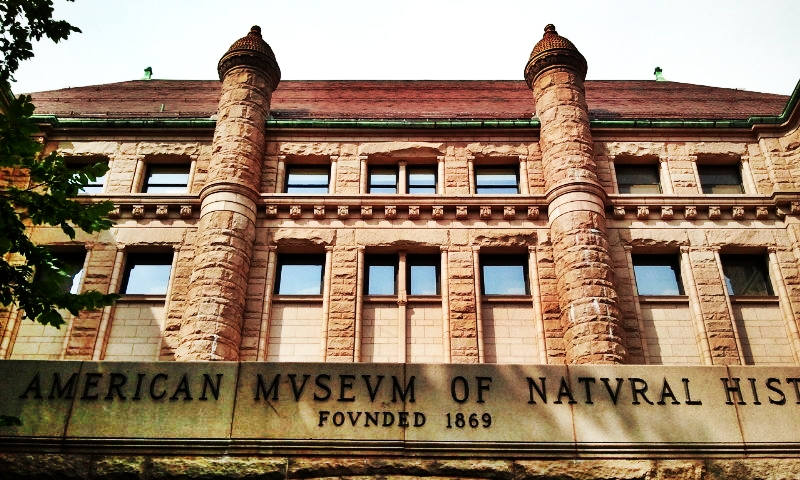
On the edge of Central Park, the American Museum of Natural History is a love letter to the planet’s story. Here, dinosaurs tower over you, gemstones gleam under perfect lights, and the iconic blue whale floats above the Hall of Ocean Life.
Since opening in 1869, the museum has been part research center, part wonderland. “Our goal is to make science accessible and inspiring to everyone,” said director Ellen V. Futter. Whether you’re five or fifty, something about these halls makes the natural world feel close enough to touch.
Hands-On Discovery
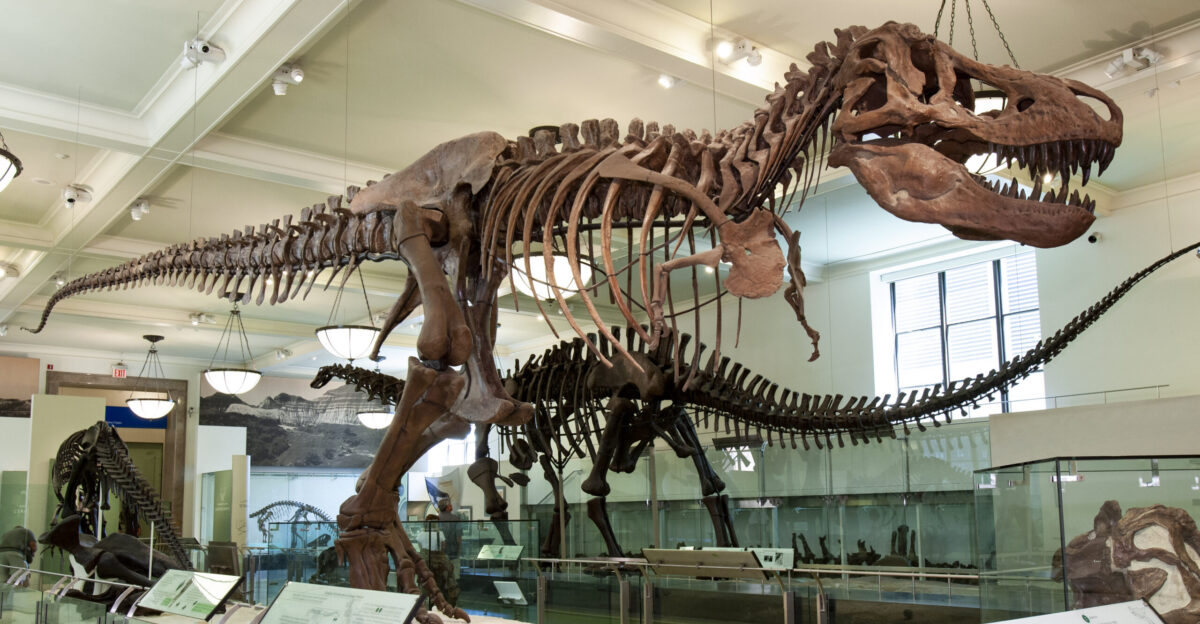
Every corner of the museum invites exploration. Kids become scientists in the live science labs, peering at slides and testing ideas. In the fossil halls, you can trace the arc of evolution from the earliest creatures to today. The Rose Center for Earth and Space takes you from Earth’s core to the farthest galaxies, while rotating exhibits reveal new discoveries year-round.
Even the dioramas—crafted with stunning realism—pull you into faraway places. No wonder this is one of New York’s most beloved destinations, blending education and awe in every visit.
4. National Gallery of Art — Masterpieces on the Mall
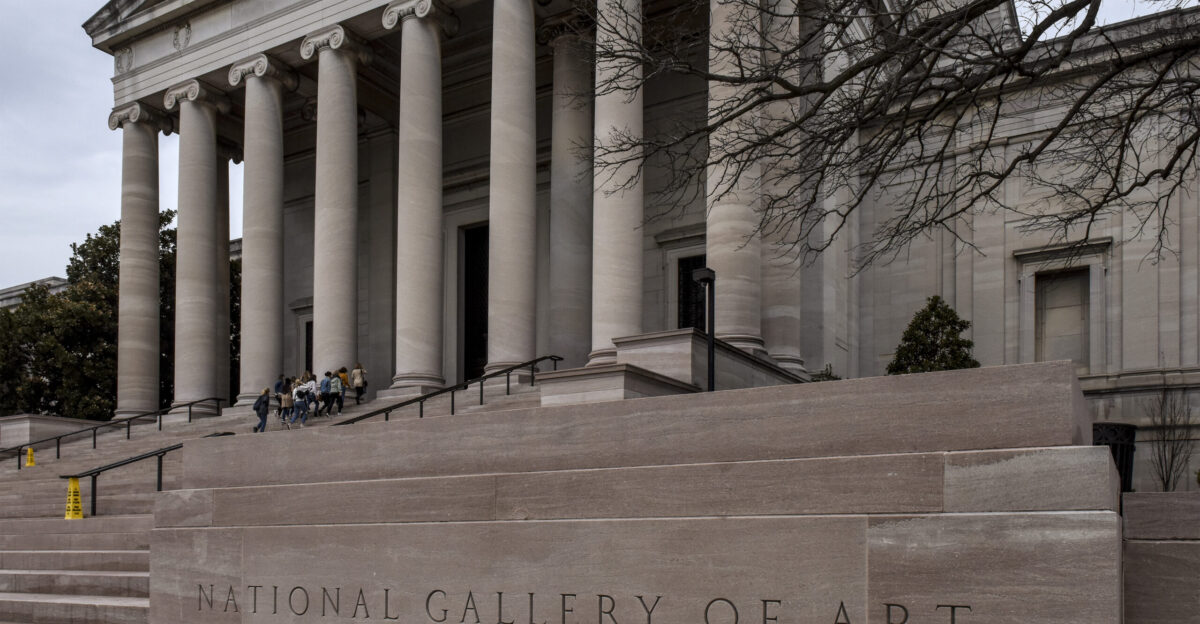
The National Gallery of Art in Washington, D.C., is both a sanctuary and a celebration of human creativity. Inside its neoclassical and modernist wings, you’ll find Leonardo da Vinci, Monet, and Rothko sharing space with sculpture, photography, and decorative arts.
Admission is free, reflecting its mission to make art accessible to all. “Art is a universal language,” said curator Kathryn Wat, and here, it’s spoken fluently in every gallery. The building itself feels like a work of art, with spaces that invite you to pause, look, and linger.
Art for All
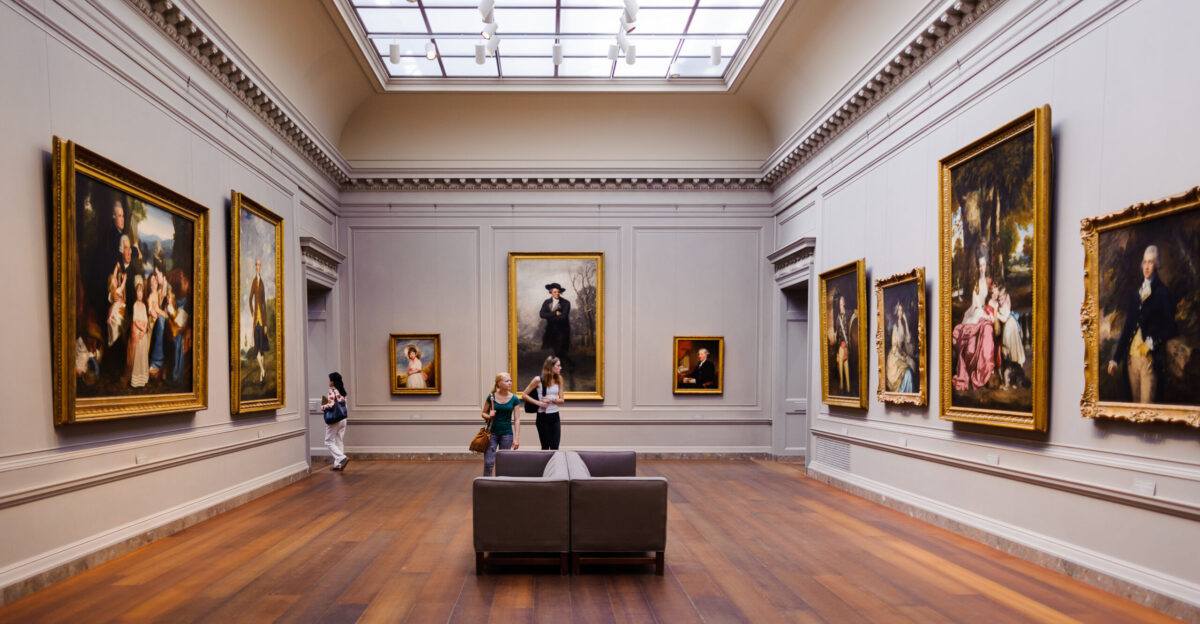
The museum’s charm extends beyond its walls. The Sculpture Garden is a favorite gathering spot with its modern works framed by seasonal plantings. Inside, rotating exhibitions highlight both celebrated masters and lesser-known talents. Families attend hands-on workshops, while art lovers come for lectures and evening programs.
Seasonal events, like “National Gallery Nights,” turn the museum into a lively after-hours hub. No matter your level of art knowledge, you can feel at home among great works, learning and enjoying at your own pace.
5. Art Institute of Chicago — Icons of Innovation
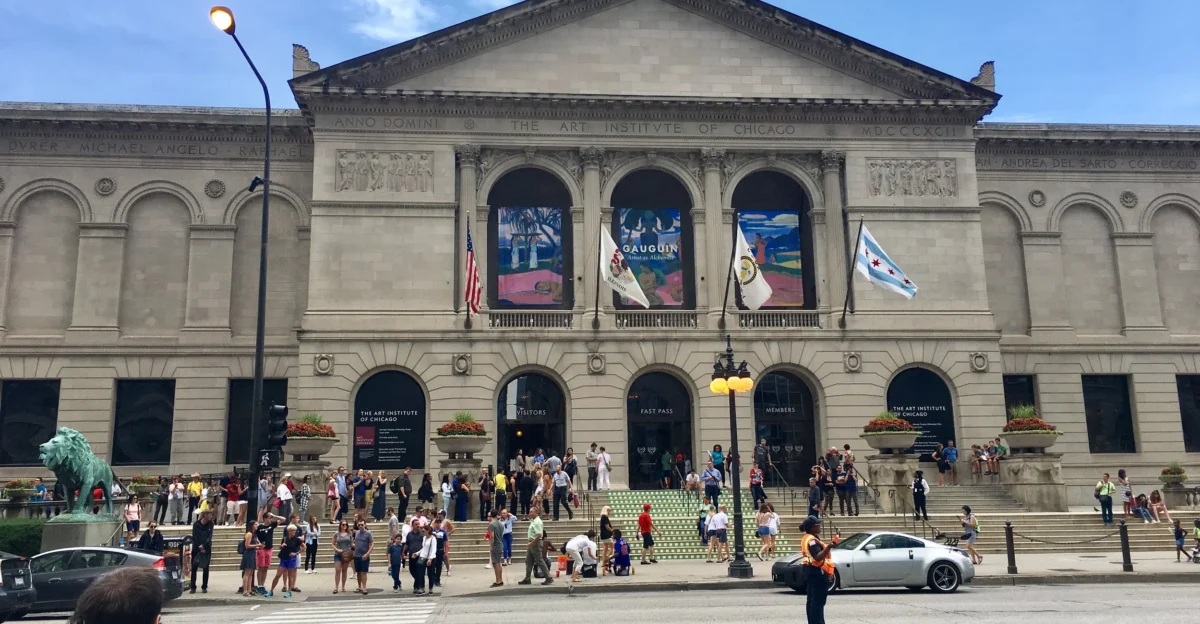
In the heart of downtown Chicago, the Art Institute stands as a beacon of inspiration. Its collection reads like a greatest-hits list: Van Gogh’s The Bedroom, Grant Wood’s American Gothic, Hopper’s Nighthawks, and Georgia O’Keeffe’s bold blooms. Outside, Millennium Park bustles; inside, it’s calm, quiet, and full of discovery.
“It’s a place where history and modernity coexist in conversation,” said director James Rondeau. Whether you have an hour or an entire day, you’ll find yourself drawn from one masterpiece to the next, each with its own story to tell.
Discoveries Around Every Corner

The museum is a labyrinth of surprises. You might begin in a gallery of medieval armor, then step into a room pulsing with contemporary digital art. Downloadable audio guides add depth to what you see, while interactive programs invite visitors to think like curators.
Special exhibitions keep the experience fresh, bringing treasures from around the world. Beyond the art, lectures, films, and workshops make the museum feel like a living, breathing cultural hub. You leave inspired and often planning your return.
6. The Getty Center, Los Angeles — Art in the Hills

High above Los Angeles, the Getty Center floats between the mountains and the sky. Its pale travertine walls gleam in the sunlight, sheltering a world-class collection of European paintings, sculptures, and manuscripts. The gardens spill down the hillside in colorful, fragrant patterns, offering panoramic views of the city and the Pacific.
“We exist to preserve beauty and make it accessible to the public,” said director James Cuno. Here, nature and art meet so gracefully that the setting becomes as memorable as the works it holds.
Sunlit Inspiration
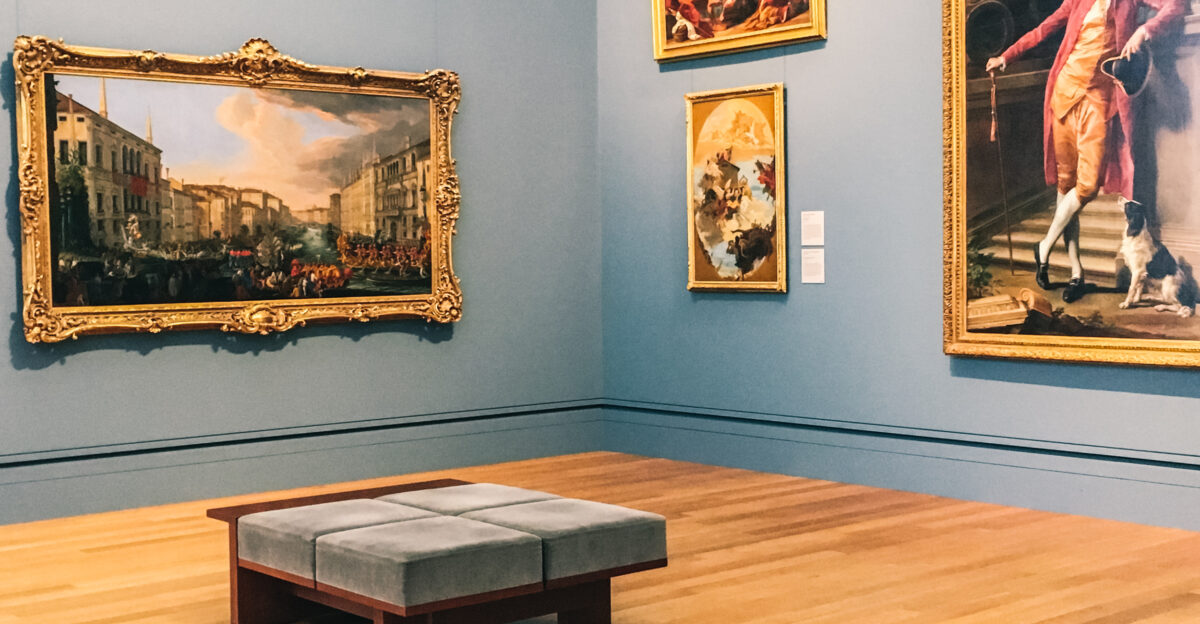
Inside, the Getty’s treasures span centuries: Rubens’ dramatic scenes, Van Gogh’s expressive strokes, and intricate medieval illuminations. Rotating exhibitions keep the collection dynamic, while expert-led workshops invite visitors to explore their own creativity.
Outside, the gardens provide space for picnics, sketching, or quiet reflection. Seasonal events—from outdoor concerts to family art days- make each visit unique. Light floods the galleries, blurring the line between inside and out, reminding you that beauty exists in both the crafted and natural worlds.
7. National Museum of African American History and Culture — A Monumental Tribute
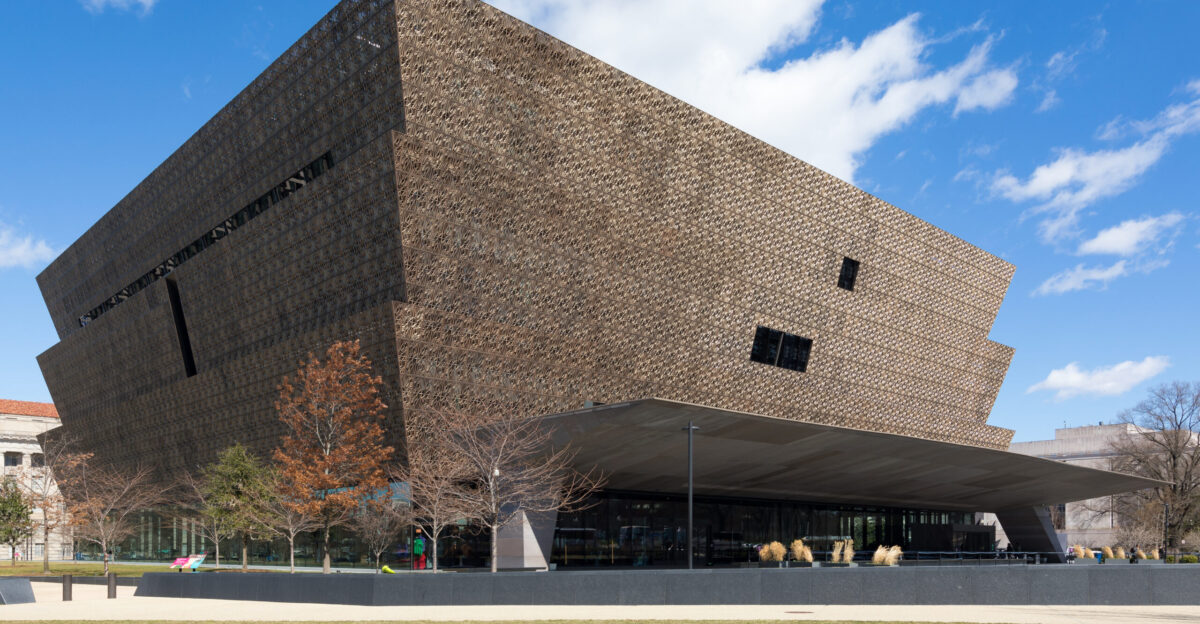
On the National Mall, the National Museum of African American History and Culture stands as both a landmark and a storykeeper. Its bronze-colored lattice design reflects African art traditions, while inside, exhibits trace centuries of history—from the transatlantic slave trade to present-day achievements.
“This museum is about connecting people to the richness of African American history,” said director Kevin Young. Artifacts range from Civil Rights protest signs to the vibrant costumes of music legends. It’s a space that invites reflection, celebration, and a deeper understanding of America’s shared past.
Stories That Shape Us

Walking through the museum is like moving through time. You might pause at Harriet Tubman’s shawl, stand before Chuck Berry’s gleaming Cadillac, or listen to oral histories that bring the past into the present. Multimedia exhibits show the cultural influence of African American innovators in art, science, and politics.
The design encourages conversation, with open spaces for visitors to gather and reflect. By the end, visitors leave with more than facts—they carry stories, emotions, and a sense of connection to the lives that shaped the nation.
8. Museum of Modern Art (MoMA), New York — The Cutting Edge

MoMA is a playground for bold ideas. In sleek, open galleries, you’ll find Picasso’s fragmented visions, Warhol’s pop icons, and Yayoi Kusama’s immersive rooms of infinite dots. Director Glenn D. Lowry calls it “a laboratory for experimentation and imagination,” and it feels that way.
The museum embraces the unexpected, from large-scale multimedia installations to quietly powerful photographs. Every visit offers something new that challenges how you see the world—proof that modern art is to be observed and experienced.
Innovation Unleashed
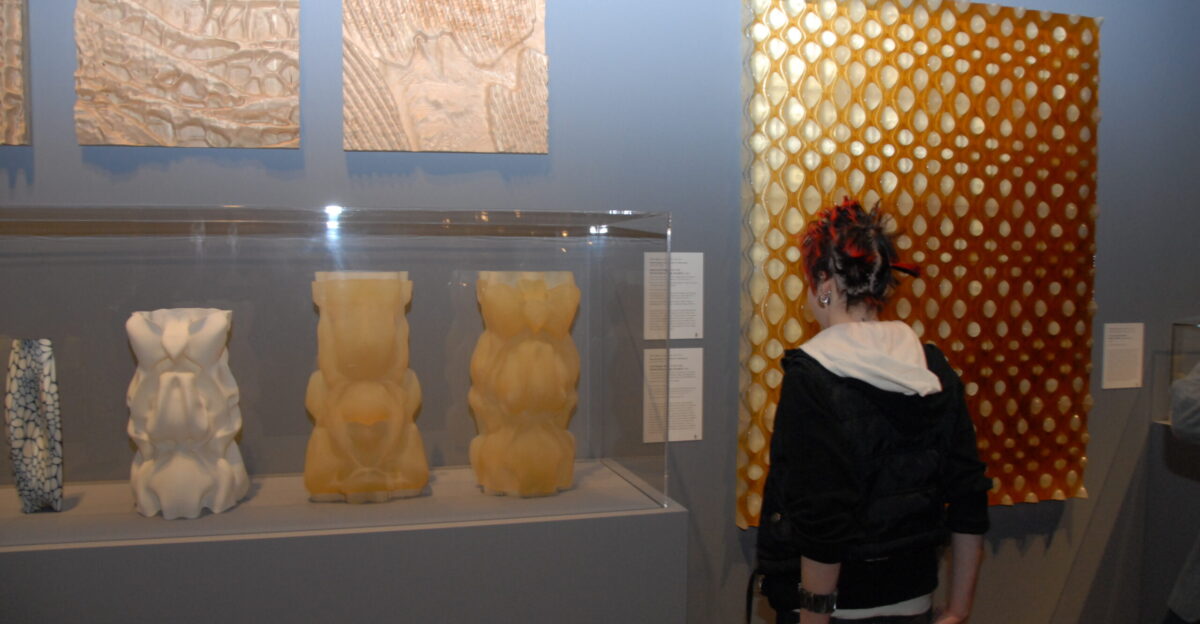
MoMA doesn’t just display art—it invites you into the creative process. You can join hands-on studios, attend curated talks, or watch films that spark new ideas. Interactive exhibits encourage visitors to experiment, while rotating shows keep the collection in constant motion.
Whether it’s your first time or your fiftieth, you’ll leave seeing the everyday world a little differently. Art is not a finished statement; it’s a conversation, and you’re part of it.
Do People Still Visit Museums? The Surprising Truth
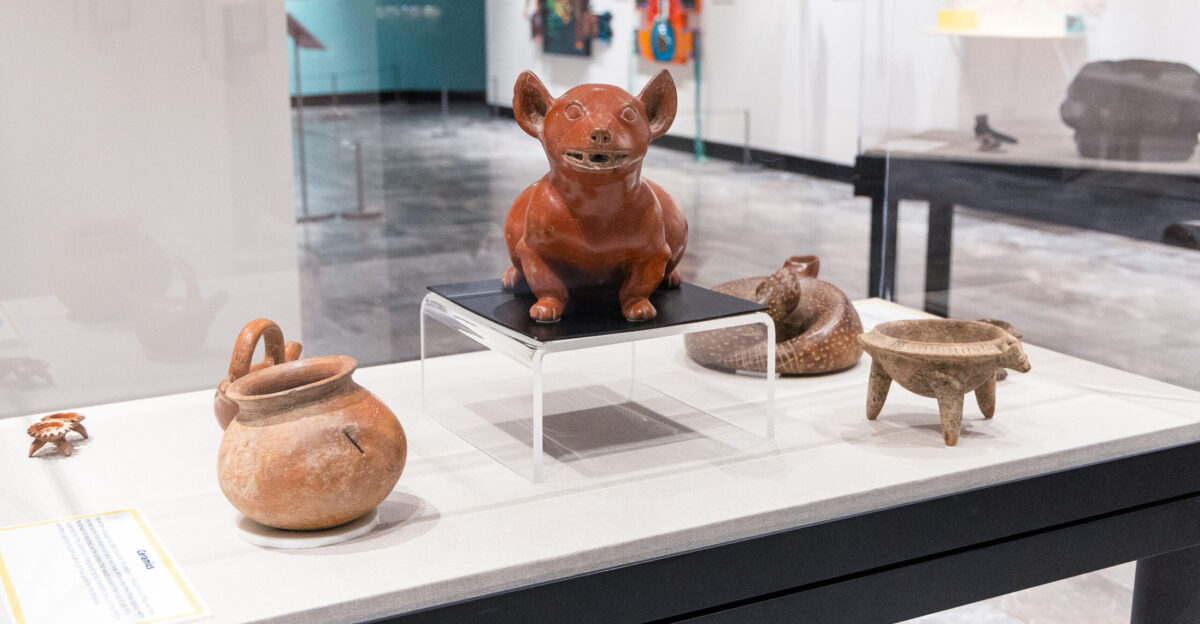
Even in the age of virtual tours, museums are thriving. In 2023, Smithsonian institutions welcomed over 17 million visitors, with attendance at other major museums rebounding to pre-pandemic levels. Hybrid programming—blending in-person and online experiences—has brought in new audiences.
“Museums are evolving to meet modern expectations,” said Smithsonian Secretary Lonnie Bunch. But for many, nothing replaces standing inches away from a work of art or a piece of history. It’s the immediacy, the sense that you’re sharing the same space as something extraordinary that keeps people coming back.
Why You Can’t Miss These Museums

The eight museums here are more than places to spend an afternoon; they’re places to be changed. Whether you’re marveling at a masterpiece, tracing the steps of history, or discovering a scientific breakthrough, each visit plants seeds of curiosity that last long after you leave.
They connect us to people and ideas across time, reminding us that we’re part of a much bigger story. So plan a trip, step through the doors, and let yourself be amazed. The world inside is waiting—and it’s unforgettable.